This region is not just a destination but a gateway to exploring the extremes of nature’s beauty and resilience.
Published in the Sunday Indian Express Magazine - Eye on 21 April, 2024
With the May heat arriving earlier than usual, many of us are itching to escape to a cooler destination. In that spirit, let’s delve into the wonders of Leh Ladakh today. But first, a heartfelt thank you for the wonderfully positive comments you sent to neil@veenaworld.com about last week’s column, "Let’s Add Some Colour to Our Travels!" Your feedback is incredibly motivating and inspires us to keep writing.
With that, let's explore the enchanting region of Leh Ladakh. If you observe Google Trends, you'll notice that search terms like 'Leh holidays' and 'Leh Ladakh itineraries' start to gain momentum in April and May. This increase in interest aligns perfectly with the onset of warmer weather, which melts the snow in the high passes, making these remote areas more accessible. As the landscapes become reachable, now is an ideal time, in my opinion, to plan a visit and immerse yourself in the mystical beauty of Leh Ladakh’s unique terrain. Let me tell you why.
Nestled high in the northern frontier of India, Leh Ladakh stands as a region filled with raw, unspoiled beauty and spiritual serenity. This region is famed for its breathtaking landscapes that range from arid mountains to lush valleys. As a travel destination, Leh Ladakh offers more than just picturesque views; it is a region steeped in history and dotted with vibrant Buddhist monasteries and quaint villages.
So today, I wanted to delve into the unique characteristics that make Leh's mountains a wonder to behold, the crucial importance of acclimatizing to its high altitude environment, the historic attraction of the Khardungla Pass, and the enchanting charm of Nubra Valley. I believe that each of these elements contributes to the mystique of Leh Ladakh, making it not just a place to visit, but a destination to experience, understand, and cherish. Let’s begin.
The Unique Mountains of Leh
Located in the shadow of the Great Himalayas, this region is bordered by the formidable Karakoram range to the north and the majestic Zanskar mountains to the south. These ranges are part of a complex geological region that includes some of Earth's youngest and most dynamically formed mountains, created by the tectonic collisions between the Indian Plate and the Eurasian Plate. This ongoing geological activity lends the landscape its rugged, dramatic appearance, characterized by sharp, jagged peaks and deep valleys. Trust me, the peaks and landscapes you witness here are far from anything you have seen before.
The visual impact of these mountains is nothing short of breathtaking. The stark contrasts in the landscapewhere stark mountain faces meet clear skies and where valleys suddenly give way to barren, rocky expansesare a photographer’s dream. Ecologically, this region is equally unique. Despite the harsh conditions, the mountains of Leh are home to a surprising variety of flora and fauna adapted to the high altitude and cold desert climate. Rare medicinal plants, hardy shrubs, and unique wildlife that includes the elusive snow leopard and the Tibetan wild Kiang, thrive here.
Among the notable peaks that draw adventurers from across the globe are Stok Kangri in the Zanskar range and Saser Kangri in the Karakoram range. For adventure enthusiasts, the unique terrain of Leh’s mountains provides unparalleled opportunities for trekking, mountaineering, and even high-altitude wildlife safaris. Each trail and peak offers its own set of thrills and challenges, ensuring that every journey into the mountains is as rewarding as it is demanding. This region is not just a destination but a gateway to exploring the extremes of nature’s beauty and resilience.
The Strategic Khardungla Pass
One of the key attractions here is the Khardungla Pass, often celebrated as one of the highest motorable roads in the world. It stands at an elevation of approximately 5,359 meters (17,582 feet) above sea level. This towering pass holds significant historical and strategic value, serving as a crucial gateway between Leh and the Nubra Valley. Historically, it was a vital trade route, where caravans of the Silk Road traversed, carrying goods between Central Asia and the Indian subcontinent. This ancient trade route facilitated not only the exchange of commodities like silk, spices, and textiles but also enabled cultural and technological exchanges that shaped regional histories.
Today, the Khardungla Pass plays an indispensable role in the socio-economic framework of Ladakh. It is the lifeline that connects Leh with the Nubra Valley, making it critical for the movement of goods and people. Travelling through Khardungla Pass, however, presents its own set of challenges and thrills. The road itself is a rugged and narrow trail that requires careful navigation, often made treacherous by snow, ice, or landslides. Despite these hardships, the experience of crossing Khardungla Pass is unparalleled. It offers adventurous souls not only breathtaking views but also a palpable sense of accomplishment upon reaching its summit.
The Fascination with Nubra Valley
For travellers like you and me, the Khardungla Pass offers a gateway to the serene landscapes and unique cultural heritage of the Nubra Valley. Nubra Valley, a stunning enclave cradled by the Ladakh and Karakoram mountain ranges, features a striking landscape that contrasts the ruggedness of its surrounding mountain peaks with the verdant patches of greenery and meandering rivers like the Shyok and Nubra. The altitude of the valley ranges from about 3,000 meters at its lowest to around 4,000 meters above sea level, creating a naturally secluded paradise.
One of the most prominent landmarks is the Diskit Monastery, which dates back to the 14th century and is one of the oldest and largest Buddhist monasteries in the Nubra region. Perched atop a hill, offering panoramic views of the valley below, the monastery is famous for its Maitreya Buddha statue, which symbolizes the future Buddha in this world in Buddhist eschatology.
Ecologically, the valley is known for its unique fauna, such as the Bactrian camels, which have two humps and are a relic of the Silk Road trade routes that once passed through this region. These camels, now domesticated, are primarily found in the Hunder village and offer an unusual yet charming mode of transportation across the sand dunes of the area. The presence of sand dunes in a high-altitude desert setting further presents a landscape that defies the typical features expected at such elevations.
Acclimatizing to Leh's High Altitude
When you do plan your trip to this region, you will often find many people telling you that it’s extremely important that you rest on day 1 of your trip. This is so your body can acclimatize to the different conditions of Leh. Let's discuss why this is important.
Leh Ladakh sits at an awe-inspiring altitude ranging from approximately 2,500 to 3,500 meters above sea level, with some areas reaching even higher elevations. This extreme altitude presents a unique set of challenges to the human body, which is generally accustomed to the richer oxygen levels found at lower elevations. The thinner air at higher altitudes contains fewer oxygen molecules per breath. This leads to a decreased intake of oxygen, which can result in altitude sickness, also known as acute mountain sickness (AMS).
I cannot overstate the importance of acclimatization when visiting high-altitude areas like Leh Ladakh. AMS and its more severe forms, such as High Altitude Pulmonary Edema (HAPE) and High Altitude Cerebral Edema (HACE), can be potentially life-threatening if ignored. Symptoms of AMS include headache, nausea, dizziness, and fatigue, which can hinder the ability to enjoy the travel experience and, more critically, lead to severe complications.
To mitigate these risks, travellers are always strongly advised to adopt several acclimatization strategies. The first and most effective method is to rest on the first day of your holiday, which allows the body time to adapt to the altitude. The second strategy is to stay hydrated. The dry, cold air at high altitudes can quickly dehydrate the body, and dehydration exacerbates the symptoms of AMS. Travellers should drink plenty of water and avoid alcohol and caffeine, which can increase dehydration.
By adhering to these acclimatization strategies, visitors can safely enjoy the breathtaking landscapes and rich cultural experiences that Leh Ladakh has to offer. Remember, awareness and preparation are key to ensuring that a trip to this high-altitude paradise is memorable for all the right reasons.
Speaking of travel tips, remember that the ideal months to explore Leh Ladakh are from May to September when the roads are clear and the weather is most accommodating for outdoor activities. Your packing checklist should include layers of warm clothing, a hat or cap, sunscreen, lip balm, sunglasses, and sturdy hiking boots.
I want to end with a quote that a local guide in Leh once used: "Every turn in Leh Ladakh tells a story. The mountains teach us the silence, and the winds carry tales of the nomads and monks. Listen closely, and you'll hear the heartbeat of the Himalayas." That’s it for today, see you next week, and until then, keep Celebrating Life!






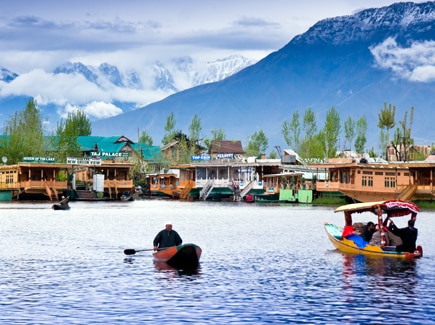

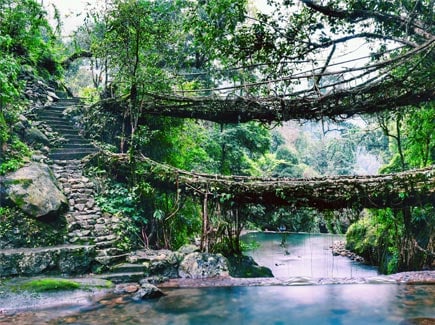
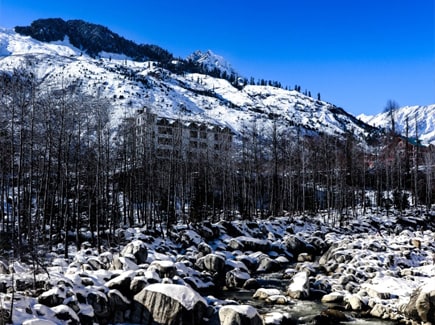



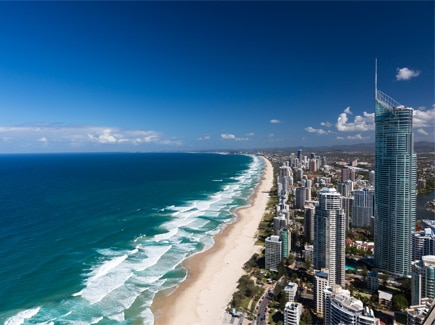









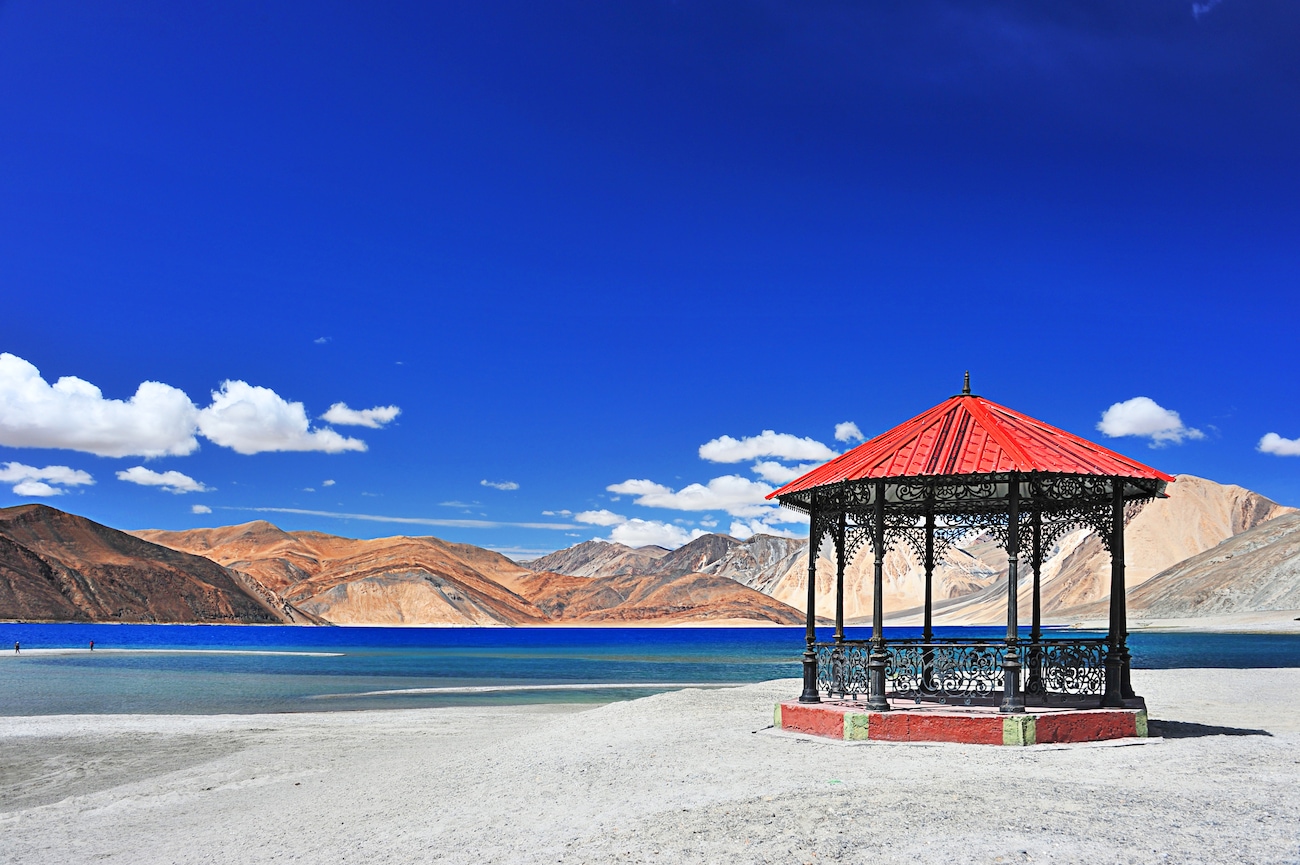





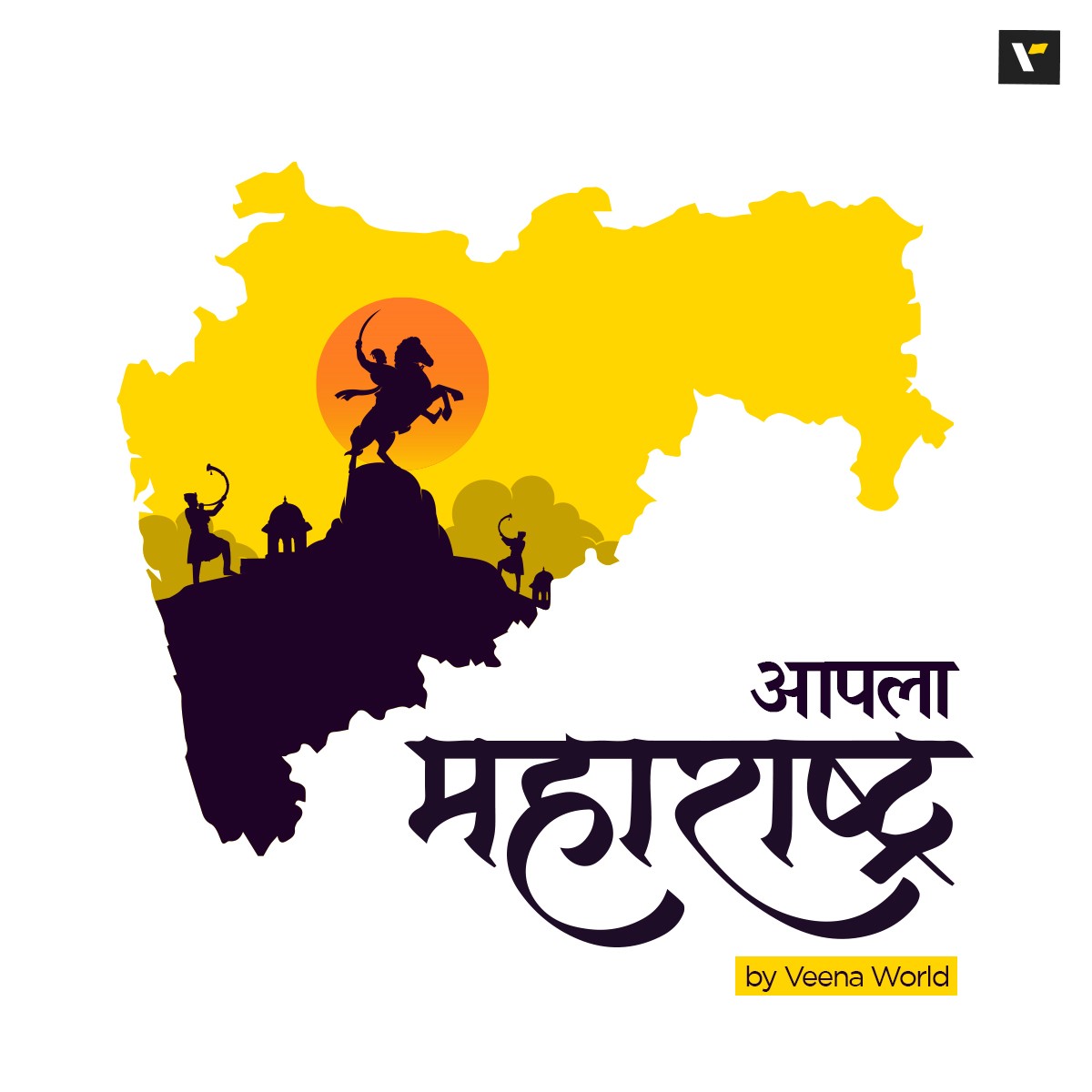













Post your Comment
Please let us know your thoughts on this story by leaving a comment.